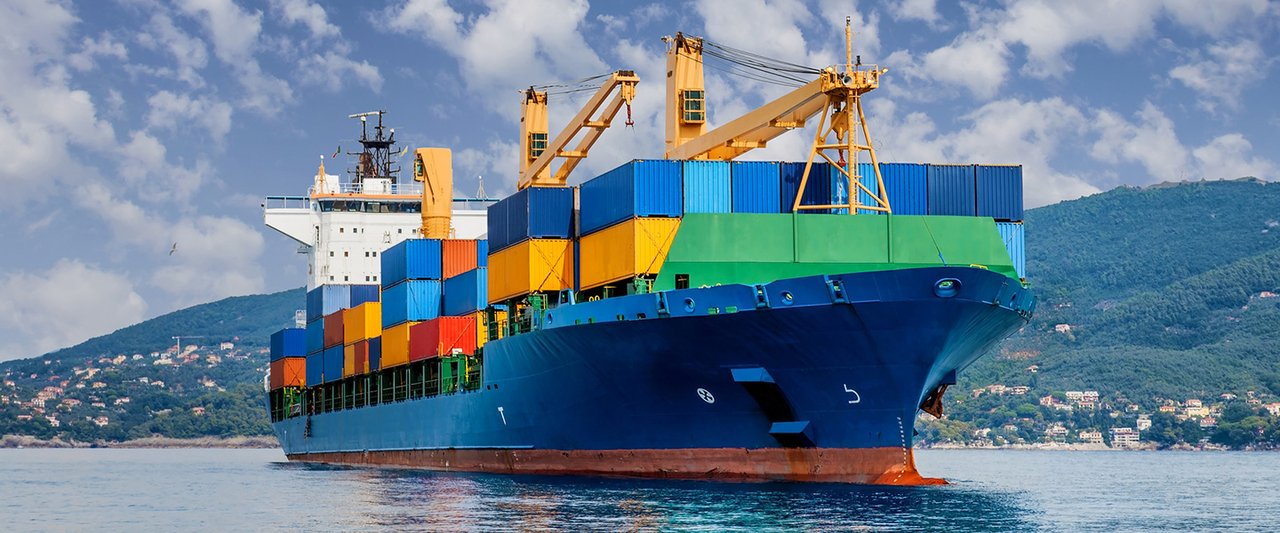LeoGlossary: Cargo
0 comments

Cargo refers to goods or merchandise that is transported from one place to another, typically by ship, truck, train, or plane. Cargo can include a wide range of items, such as raw materials, manufactured goods, food, clothing, and even vehicles.
It is often transported in large quantities and is typically packaged in a way that allows it to be easily loaded and unloaded from transportation vessels or vehicles. Cargo can be transported domestically or internationally, and it plays a vital role in global trade and commerce.
There are several different types of cargo, including:
- Containerized: This is cargo that is packaged in standardized shipping containers, which can be easily loaded onto ships, trucks, and trains.
- Bulk: This is cargo that is not packaged in containers and is instead transported in its natural state, such as grain, coal, or oil.
- Breakbulk: This is cargo that is packaged in smaller units, such as boxes or crates, and is typically transported on pallets or in cargo nets.
- Project: This is cargo that consists of large, heavy items, such as machinery or vehicles, that require specialized equipment to transport.
- Reefer: This is cargo that requires refrigeration during transportation, such as perishable food items.
- Hazmat: This is cargo that consists of hazardous materials, such as chemicals or fuels, which require special handling and transportation procedures.
It is an essential part of the global supply chain, allowing businesses to source materials and products from around the world and deliver them to customers. The transportation of cargo is a complex process that involves many different players, including shippers, carriers, and freight forwarders, and it requires careful planning and coordination to ensure that goods are delivered safely and efficiently.
Cargo, in its simplest form, refers to goods or products transported from one place to another, typically over long distances. Think of it as anything that hitches a ride on a larger vehicle like a ship, plane, truck, or train, not including the passengers or crew.
What cargo can be:
- Tangible goods: This includes pretty much anything physical, ranging from everyday items like furniture and clothes to raw materials like oil and timber.
- Livestock: Animals like cattle, pigs, and chickens can also be considered cargo when transported commercially.
- Perishable goods: Foodstuffs like fruits, vegetables, and meat require special handling and temperature control due to their sensitive nature.
- Dangerous goods: Hazardous materials like chemicals, explosives, and flammable liquids are subject to strict regulations and packaging requirements.
Different modes of transport have their own specialties when it comes to cargo:
- Ships: Ideal for bulky and heavy goods, carrying large volumes across oceans.
- Planes: Faster but more expensive, often used for urgent shipments or perishable goods.
- Trucks: Flexible and convenient for regional transport, often used for door-to-door deliveries.
- Trains: Efficient for long-distance land transport of large quantities of goods.
The world of cargo is vast and intricate, involving complex logistics and a global network of ports, warehouses, and transportation hubs. It's the backbone of international trade, ensuring the smooth flow of goods that fuel our economies and sustain our daily lives.
General:
Posted Using InLeo Alpha
Comments